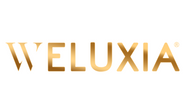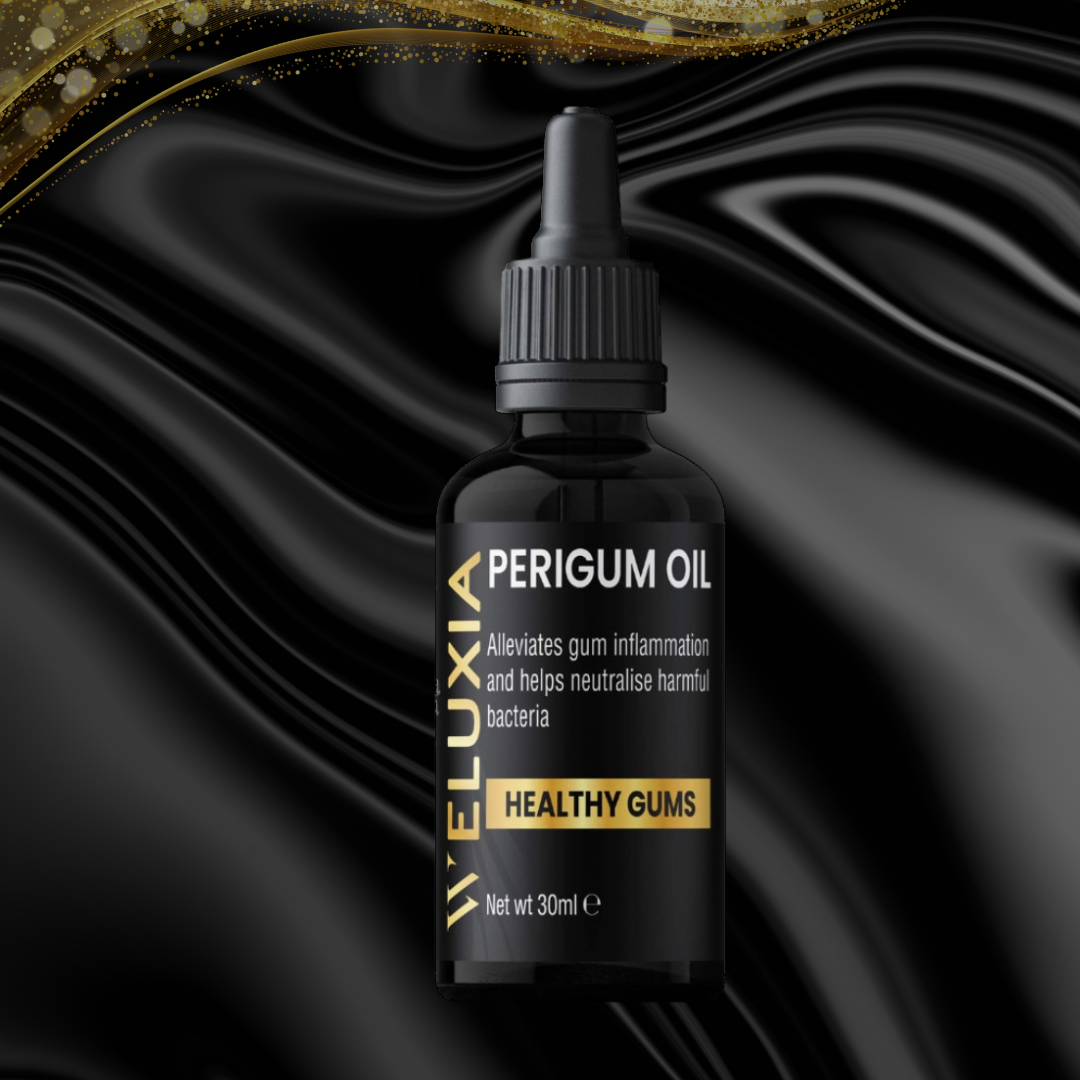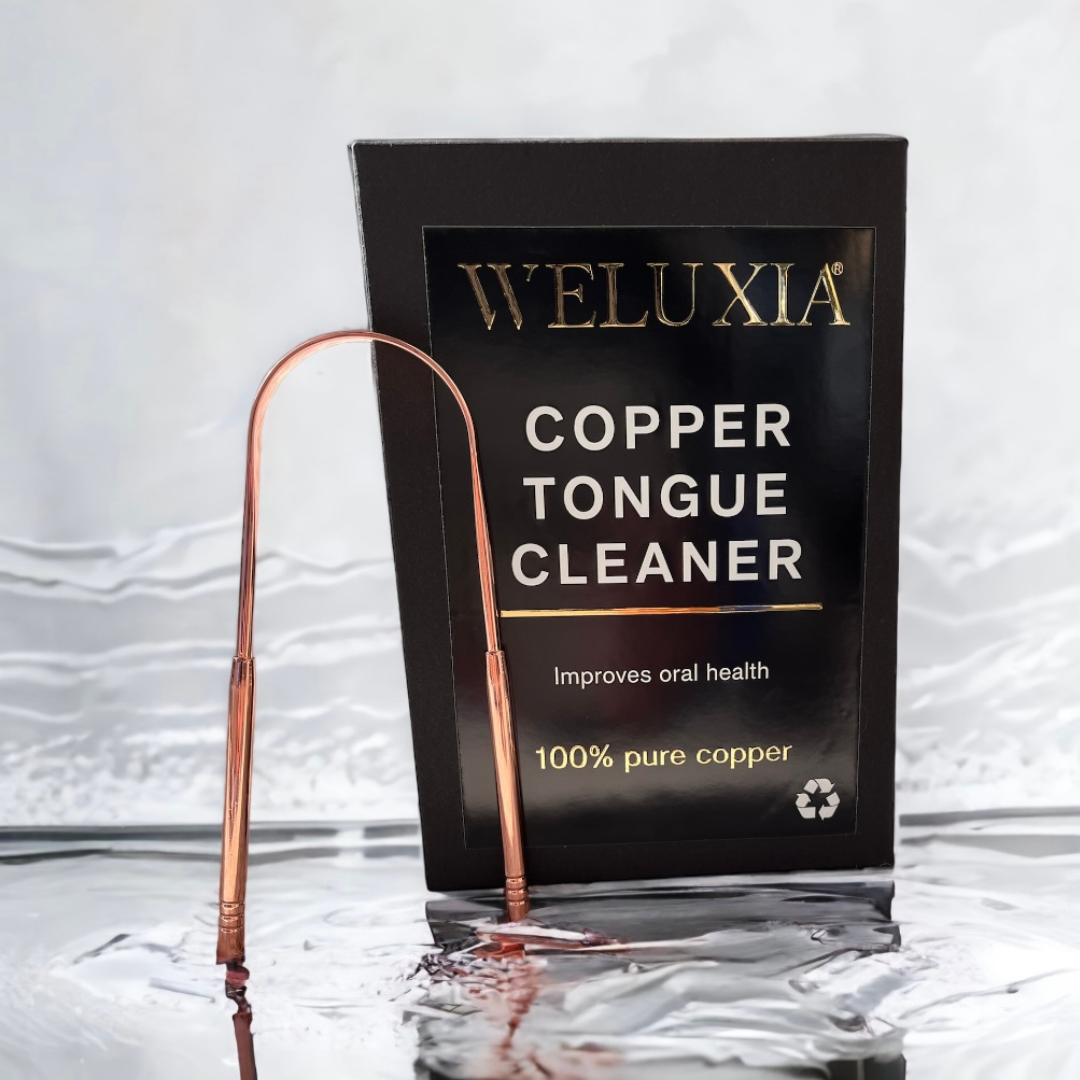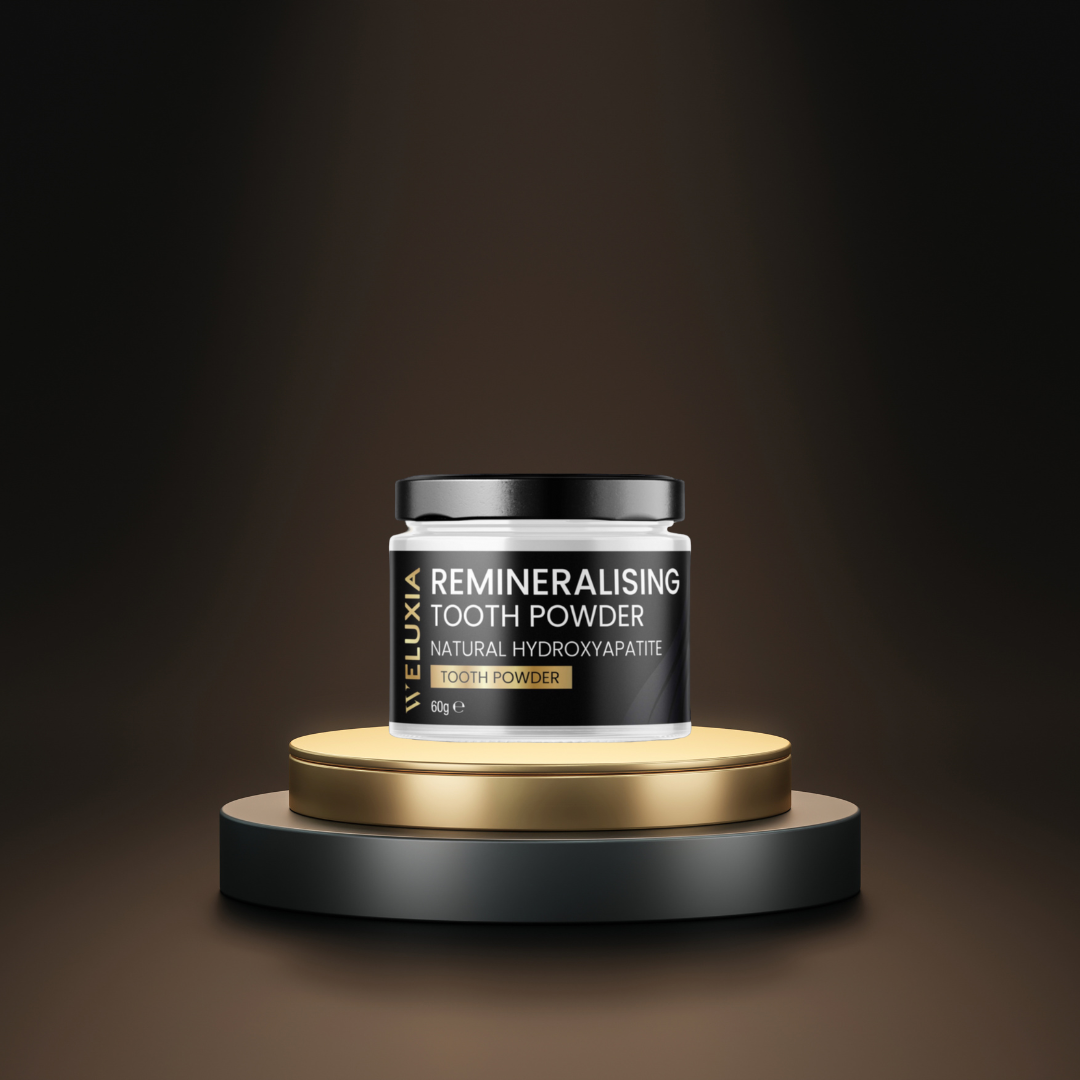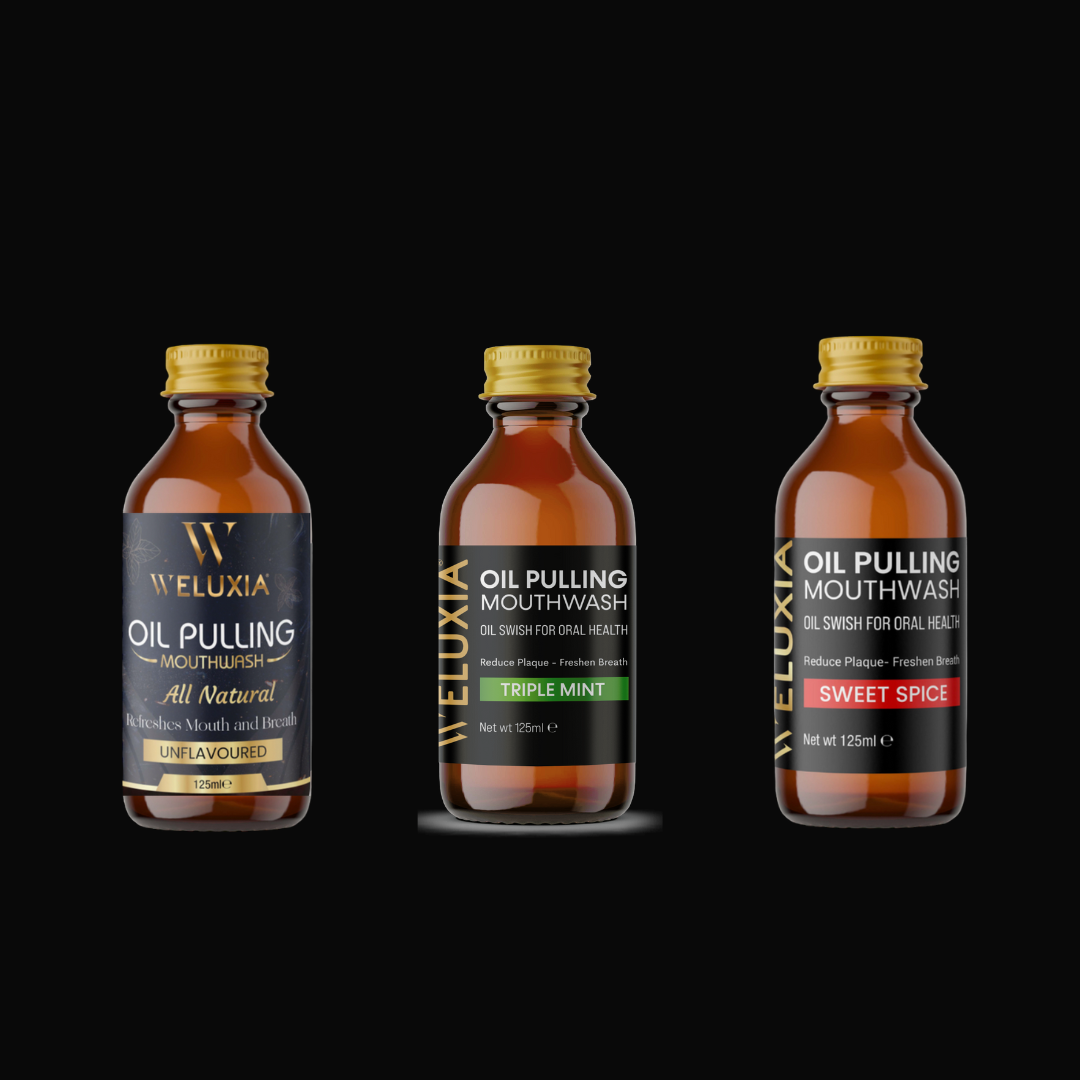1. Prepare the solution you will use in the irrigating syringe. The solution can either be water, hydrogen peroxide (3%), salt water, mouthwash, or a prescription mouthwash from your dentist.
2. With the plunger inserted completely into the syringe, insert the tip of the syringe into the solution and draw the solution into the syringe by slowing pulling up on the syringe handle. Make sure to keep the tip of the syringe in the solution as you pull up on the handle.
3. When the solution has filled the syringe, place the tip of the syringe into the space between the tooth and gum to be irrigated and slowly slide the tip of the syringe down, along the side of the tooth, until it reaches the bottom of the gum (periodontal) pocket. Do not force it, gentle is key, the Droplet method is advised.
Once you feel the tip touch the bottom of the pocket back lift it slightly and slowly begin to push in on the syringe handle. While pushing in on the handle of the plunger, slowly move the tip of the syringe around the gum pocket in the area around the tooth to be irrigated. Do not push the plunger down too quickly as it will exert too much pressure at the bottom of the infected pocket releasing too much liquid.
5. When the syringe is empty, refill it and continue irrigating until all of the deeper problem pockets have been irrigated.
6. Irrigate infected areas at least twice a day, unless directed differently by your hygienist or dentist. I believe the best times to irrigate with the syringe are in the morning (after breakfast) and evening (prior to bedtime), but only after you’ve brushed, and flossed you can lightly rinse your mouth after you’ve finished irrigating but do not eat for at least 30 minutes.
7. Continue to daily irrigate infected areas until your hygienist or dentist confirms that the infection has been eliminated.
